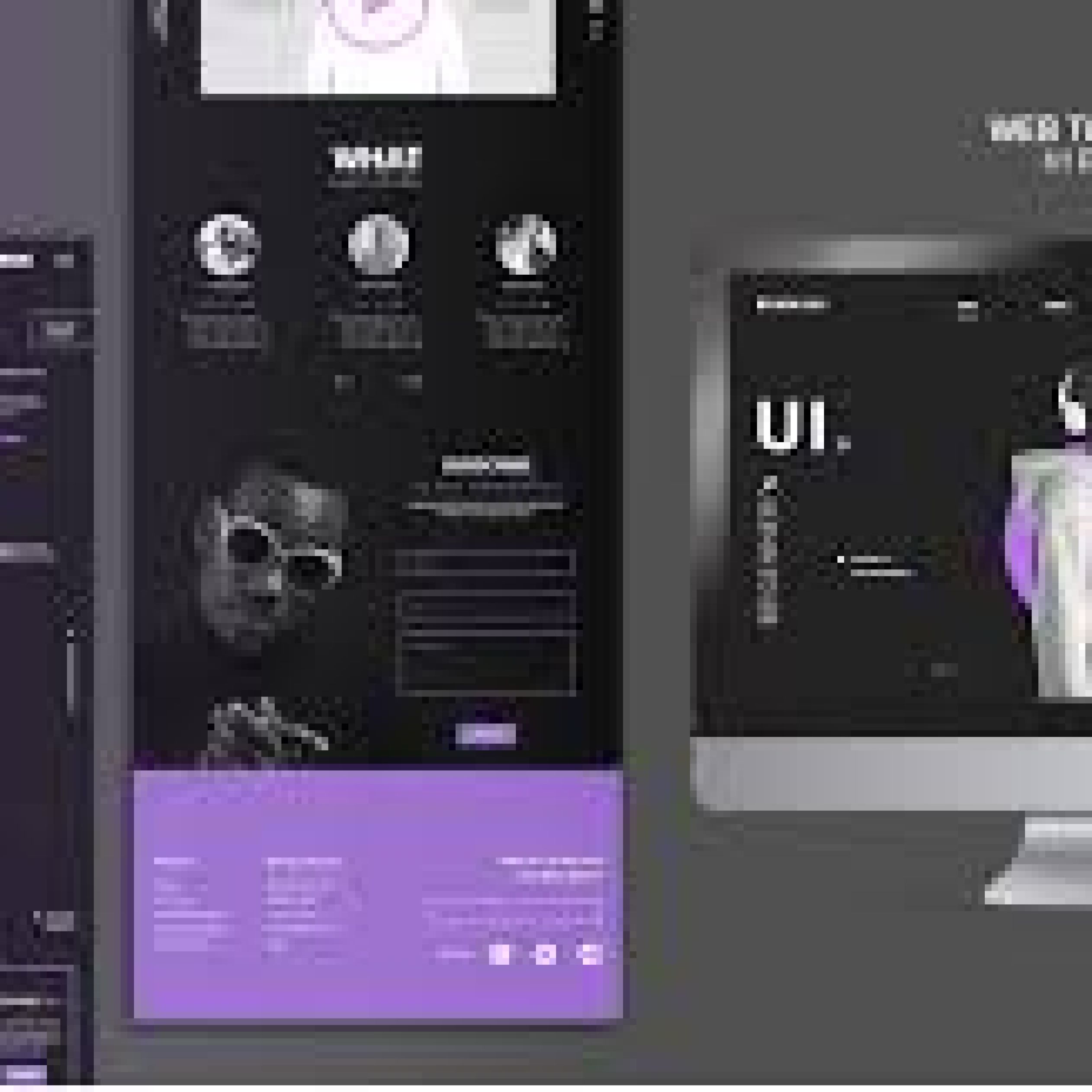Introduction
In the online-dominated world today, businesses do not rely entirely on traditional forms of advertising. Most people spend time surfing websites and socializing on social media platforms while searching for their needs online. Therefore, it becomes necessary for digital marketing design. This includes not only the development of arresting visuals for marketing purposes of the brands but also how to converse with a disciplined person so that organizations manage to engage audiences, energize their identification with the brand, and drive towards successful performance.
We will take you through digital marketing design into what it means, why it is important, and how to use it rightly for business growth in the coming guide.


What is Digital Marketing Design?
Digital marketing design involves the creation of visual and interactive elements that aid online marketing strategies: any graphic, layout, and media used to carry out these brand messages via the digital realm.
Instead of treating marketing and design as two differing activities, digital marketing design merges both fields. Good design will clarify, beautify, and enhance the impact of marketing campaigns.
For more understanding, digital marketing design may include the following:
- Layouts for a website that enhance the user’s experience
- Social media graphics that grab your attention
- Email templates that really get you to click through
- Online advertising that combines good graphics and compelling messages
- Infographics to explain mind-boggling ideas
Why Digital Marketing Design is Important
Digital marketing is successful not only because of what you say, but also because of how you say it. A well-structured design can mean the difference between one person scrolling past your content and another taking the time to engage with it.
1. First Impressions Matter
According to research, users will form an opinion about a website or advertisement within a few seconds. An uncluttered and professional design will earn immediate trust.
2. Establishes Brand Recognition
By having consistent colors, typography, and layout, the customers will be more likely to remember your brand. A strong digital design fosters an identity for your brand that differentiates you from others.
3. Better User Experience
Good design is not just about looks; it’s also about practical considerations. User interface design enables easy navigation, creates clear directives through calls to action (CTAs), and provides responsive layouts to maximize user engagement and conversions.
4. Higher Actions Taken
Good designs on landing pages, displays, and social posts will direct users to undertake some activities, such as filling in a form or purchasing something.
Key Elements of Digital Marketing Design
1. Website Design
Your website is the focal point of your digital existence. Thus, an ideal website:
- Loads quickly
- Responsive on mobile devices
- Simple navigations
- Good placement for CTAs
2. Social Media Design
Visuals are an integral part of platforms like Instagram, Facebook, or LinkedIn. Social media designs should:
- Be sized according to platform requirements
- Be in line with brand style
- Use engaging imagery and short text
3. Email Design
Emails are among the most powerful marketing tools existing.
A good email design should have:
- Simple formatting
- Readability of font
- One clear CTA
- Mobile-optimized
4. Design for Online Advertising
Ads on Google, YouTube, or social media should make an instant impact.
The design for ads must be smartly composed with:
- Bold headlines
- Images of the product
- Minimum design stating a lot
5. Design for Content
Content design explains information, be it visuals for blogs or data representation in infographics. Infographics, charts, and custom illustrations break data down into digestible pieces.
Principles of Effective Digital Marketing Design
1. Cleanliness
Less is more. Simple designs communicate more clearly and appear more professional.
2. Uniformity
Have the same basic colors, fonts, and tones in all mediums so that you can be recognized as a brand.
3. Balance of Words and Pictures
Neither narration by words nor pictures is enough to explain. It has to be properly balanced out.
4. Mobile-Friendly
Most of the users access the content via their mobiles; thus, it has to be designed well to adjust to the smaller screens.
5. Emotional Contact
Very good designs will arouse emotions. Colors, images, and layouts will create how the users will feel about your brand.
Digital Marketing Design Strategies
1. Focus on User-Centric Design
Know your audience. What are the factors they appreciate? What do they want to resolve?
2. Designs That Meet Business Goals
Every design must have an objective—driving more leads, increasing sales, or growing brand awareness.
3. Run A/B Tests
Different design elements—color, CTAs, and images—are tested against each other to see which performs best.
4. Speed-Tuning Optimization
Massive graphics slow down websites and emails. Always compress picture files and stick to low-weight formats.
5. Add Storytelling
Good design tells a story. Visual cues should lead users on a journey from curiosity to action.
Tools for Digital Marketing Design
Sometimes buying expensive software is not necessary in order to make a fantastic design. Examples of these common tools are
- Canva—for creating social media posts and banners
- Figma—for website and app UI/UX design
- Adobe Photoshop & Illustrator – for graphics design
- Crello—gives a very fast template for marketing
- Piktochart—for infomercials and presentations
Best Practices for Different Platforms
1. Designing the Homepage
- Keep a clean design for the homepage
- Employ visual hierarchy (headlines, subheads, CTAs)
- Optimize images for speed
2. Social Marketing
- Maintain a consistent posting schedule using branded templates
- Use colors that pop amid cluttered feeds
- Add minimum yet powerful text overlays
3. Email
- Short subject lines should be used
- Place CTA buttons in the area above the fold
- Keep paragraphs to 2 or 3 sentences
4. Advertising
- Concentrate on one clear message
- Use high-quality images
- Test variations regularly
Conclusion
Understanding and analyzing digital marketing design isn’t just about creating vagaries of good looks—it’s a thought-infused aesthetic process. A right design strategy considers brand awareness, brand trust, and pushing customers to take action.
From designing websites to social media and online ads, design will surely become the engine propelling marketing operations.



